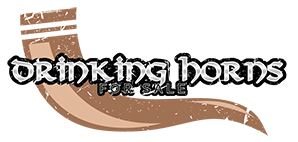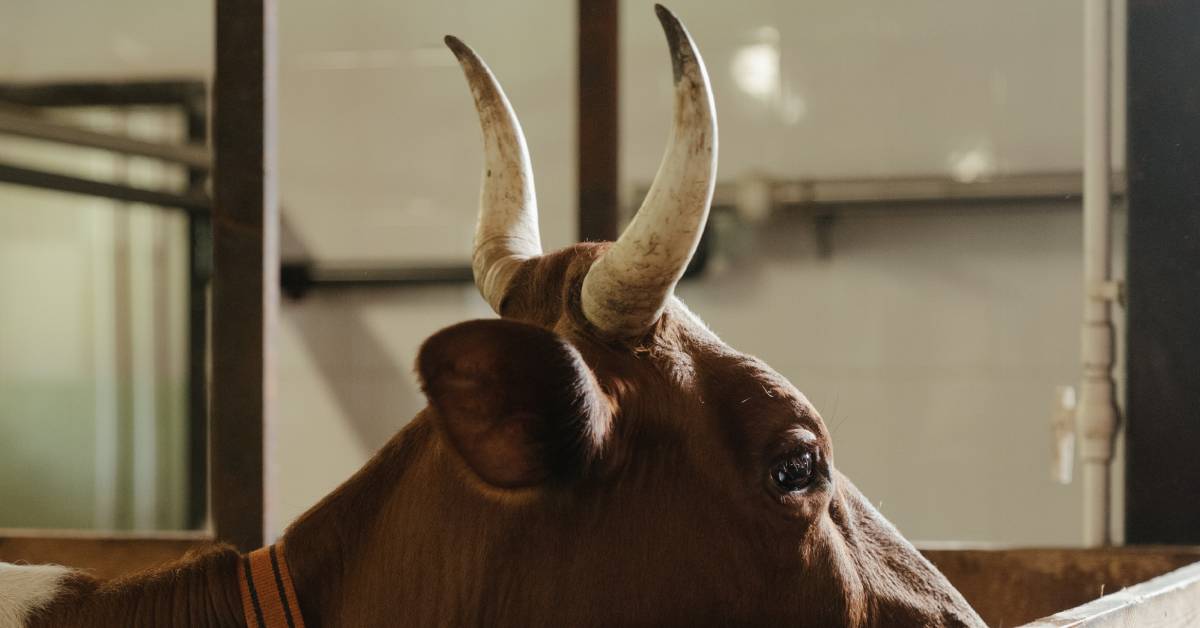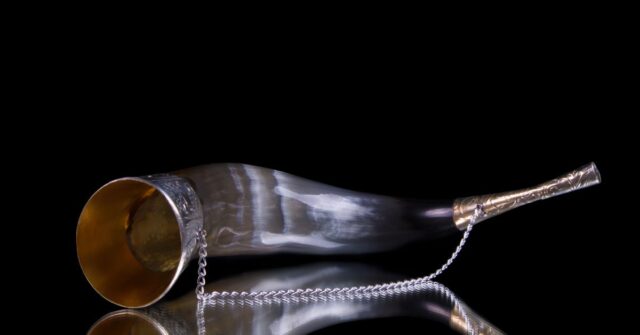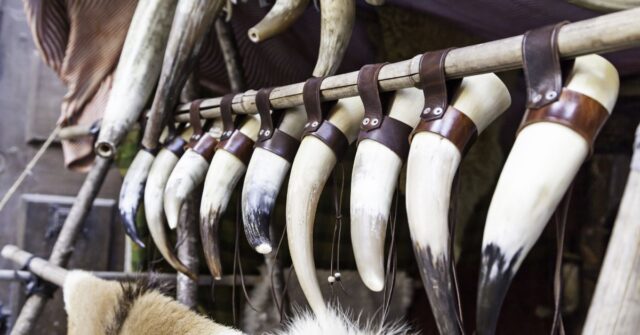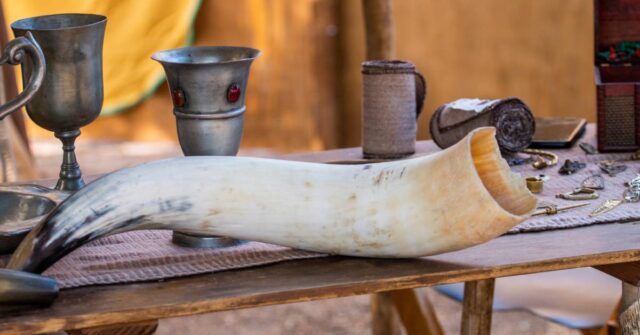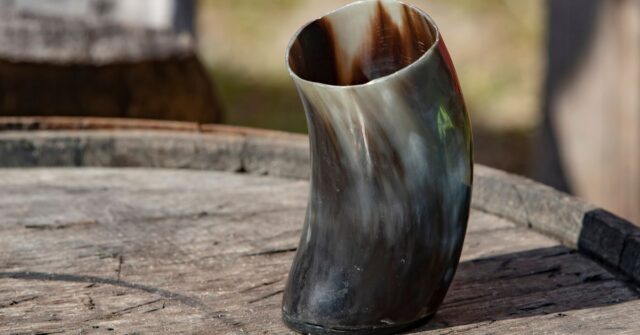Drinking horns have played an essential role in many societies throughout history. They’ve served as symbols of status, instruments of ritual, and simple, utilitarian vessels.
This article will explore the journey of drinking horns from humble cattle tools to celebratory icons.
Introduction: The Legacy of Drinking Horns
Drinking horns hold a storied legacy that transcends cultures and spans thousands of years. From ancient Viking banquets to modern Renaissance fairs, they represent a thread of history that continues to fascinate us today.
The Origin of Drinking Horns
The roots of drinking horns can be traced back to the time when humans first began domesticating livestock.
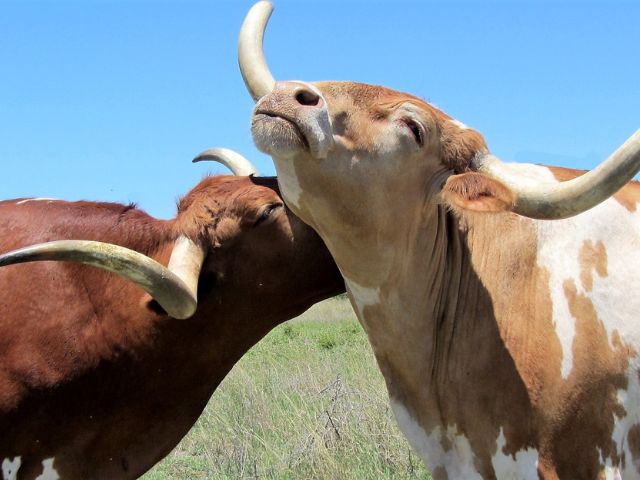
Cattle and Early Agriculture
Cattle were one of the first animals to be domesticated, and their horns, a byproduct of agricultural processes, became early materials for crafting tools, including drinking vessels.
Historical Significance
Drinking horns were more than just practical objects in many ancient societies. They held religious and social importance, often symbolizing wealth and power.
The Anatomy of Drinking Horns
Understanding the construction and variety of drinking horns offers insight into the cultures that used them and the purposes they served.
Materials and Construction
While most traditional drinking horns were made from bovine horns, various cultures employed other materials such as metal or glass.
Some were decorated with gold, silver, or gemstones, reflecting the wealth and status of the owner.
Types of Drinking Horns
There are various types of drinking horns, shaped and styled to meet cultural preferences or specific uses. Some are curved like natural horns, while others may be straightened or formed into unique shapes.
Drinking Horns in Different Cultures
Drinking horns have been used by many cultures worldwide, each with its own set of traditions and symbolism.
Drinking Horns in Viking Culture
The Vikings are perhaps the best-known users of drinking horns, which were often used in ceremonies and featured heavily in Norse mythology.
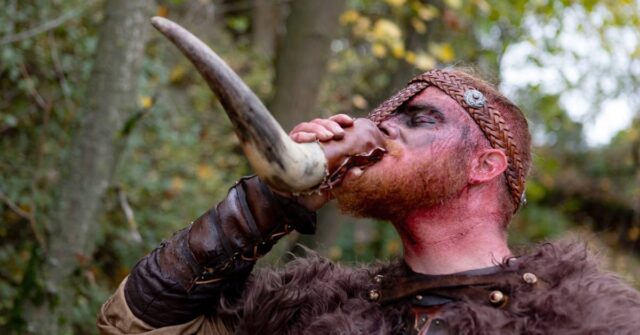
Drinking Horns in Medieval Europe
During the Middle Ages, drinking horns became symbols of social status, often used in courtly ceremonies and feasts.
Drinking Horns in African Cultures
In some African cultures, drinking horns were used in traditional ceremonies and rituals, and they hold a significant place in folklore.
Drinking Horns in Asian Cultures
Asian cultures, too, have their histories with drinking horns, especially in regions like Central Asia where pastoral nomadic cultures thrived.
Symbolism and Meaning
Beyond their functional use, drinking horns have often been imbued with symbolic meanings, reflecting the customs, beliefs, and values of the societies that used them.
Significance in Rituals and Ceremonies
In many cultures, drinking horns played pivotal roles in rituals and ceremonies, often symbolizing abundance, power, and communal unity.
The act of drinking from the horn could represent a spiritual communion or the affirmation of social bonds.
Drinking Horns in Mythology
Drinking horns feature in numerous myths and legends, from the Norse mead of poetry to tales of Celtic heroes.
These mythological associations often reflect the horn’s symbolic meanings, linking it to themes of heroism, wisdom, or divine favor.
Societal Status and Drinking Horns
Drinking horns were also indicators of societal status in many cultures.
The size, material, and decoration of the horn could signify the user’s rank or wealth, and in some societies, the right to drink from a horn had to be earned or granted.
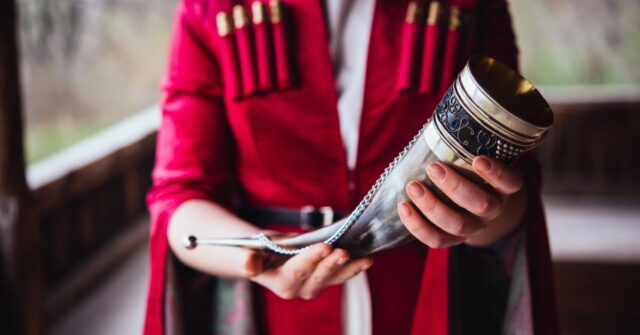
Drinking Horns in Modern Times
While drinking horns may not be as commonplace today, they continue to hold cultural significance and are experiencing a resurgence in some communities.
Contemporary Use and Revival
Drinking horns are still used in traditional ceremonies in some cultures, and they have also found a place in modern settings such as historical reenactments, fantasy conventions, and craft brewing festivals.
This revival often ties into a broader interest in historical or cultural heritage.
Drinking Horns in Popular Culture
Popular culture, too, has embraced the drinking horn, with appearances in fantasy literature, movies, and games. These representations often draw on the horn’s historical and mythological associations, adding to their appeal.
How to Use a Drinking Horn
Though not as ubiquitous as modern drinkware, drinking horns have a unique charm that is still appreciated today. Using them properly, however, does require a bit of knowledge.
Drinking Etiquette
Drinking etiquette varies greatly from culture to culture. In many historical contexts, passing the horn and sharing a communal drink could be a bonding ritual.
Today, the use of drinking horns in public events often comes with its own set of etiquette, often drawing on historical customs.
Maintenance and Care
Caring for a drinking horn requires understanding the nature of the material. Most horns need to be cleaned and stored properly to ensure their longevity. Special care may be needed if the horn is decorated or has a metallic rim.
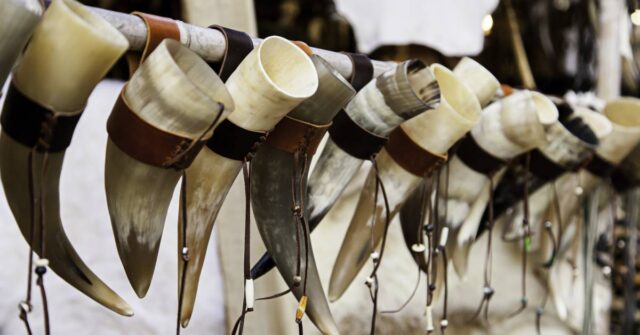
Collecting and Purchasing Drinking Horns
Whether as functional drinkware, decorative items, or pieces of a historical collection, drinking horns can be a unique addition to any home. However, knowing what to look for when buying a horn is key.
What to Look for When Buying a Drinking Horn
Purchasing a drinking horn involves examining the material quality, craftsmanship, size, and any decoration or inscription. For historical pieces, provenance and authenticity are also crucial considerations.
Valuation and Rarity
The value of a drinking horn can depend on many factors, including its age, condition, materials, and historical significance.
Rare pieces, such as ancient horns or those tied to significant historical events or figures, can fetch considerable prices.
Conclusion: The Continuing Legacy of Drinking Horns
From humble beginnings as a by-product of cattle farming to a potent symbol of power and community, the drinking horn has journeyed through history alongside us.
Its legacy continues today, not just in the traditions that keep it alive, but in the fascination it inspires in those who appreciate the romance of history and the simple joy of a shared drink.
